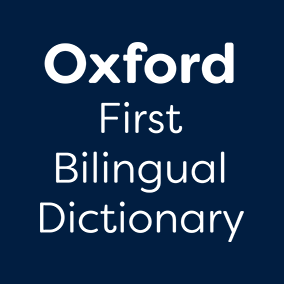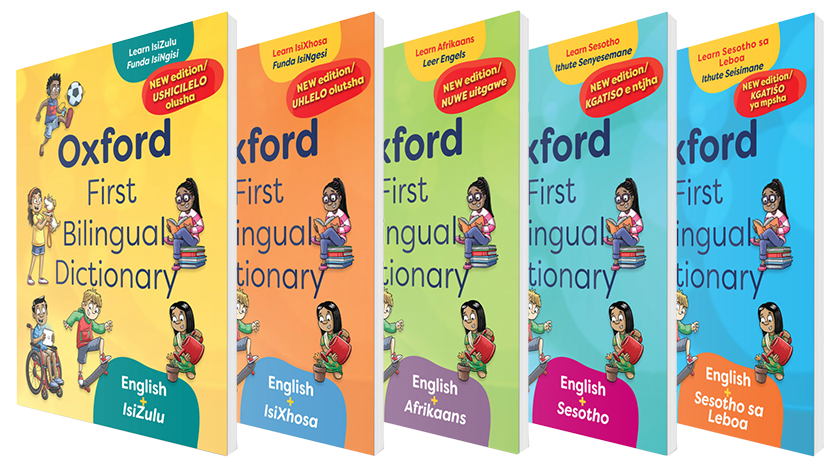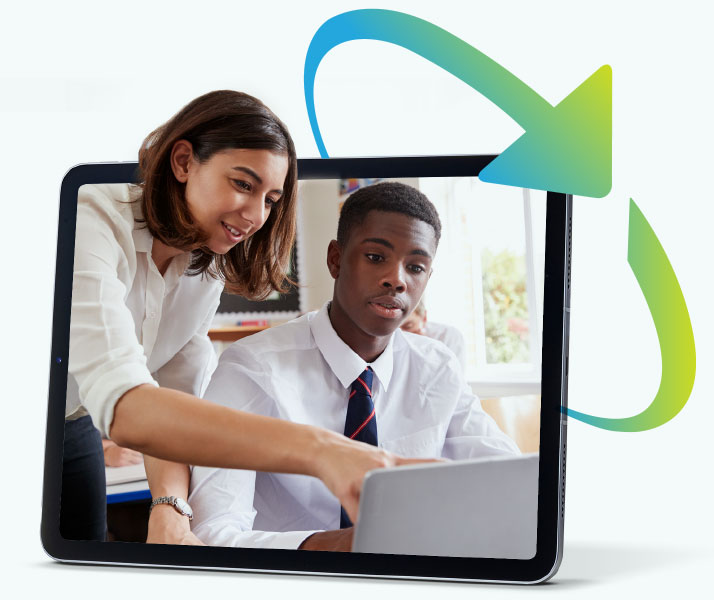Given the importance of visual aids in the classroom, many teachers create their own posters. In order for these to be effective teaching tools, adhere to the following tried and tested design principles.
- Convey one clear messageResist the temptation to cover an entire topic on one poster. If there is too much information on the poster, it loses impact. A few carefully chosen images and keywords on one aspect of the topic do more to fossilise learning than covering an entire chapter of the learner’s book in the same space. Ask yourself which aspect of the topic your learners have difficulty understanding. Make this the message of your poster.
- Choose relevant imagesImages convey more meaning and draw more attention than words do. Make sure that the images you choose, however, are directly relevant to the topic and the message of your poster. Choosing decorative images to fill space will only confuse learners. Further, the images on the poster must serve a purpose and convey an aspect of the poster’s overall message.
- Limit the number of imagesToo many images on a poster can obscure the message. Focus learner attention on a few key images that quickly and accurately convey the message. An uncluttered poster with white space around the images is more memorable and has more of an impact than one with too many images.
- Limit the number of wordsWording on posters should be concise and relevant. The poster serves as a memory aid and visual cue to content already covered in the learner’s book or teaching material and should not attempt to repeat it. Too much text creates mental overload as the learner’s working memory tries to grasp words and images.
- Use simple layout and formattingPosters should be legible to all learners, including those sitting at the other end of the classroom. Posters with simple layout, a few colours and large, sans serif fonts are easier to read from a distance. Before displaying your poster, try and read it from across the classroom yourself. If you find it difficult to see or understand, learners will too.
Looking for posters for your classroom? Check out our blog on Wall posters to decorate, educate and stimulate for a wide range of beautiful full-colour, A1 size posters.




